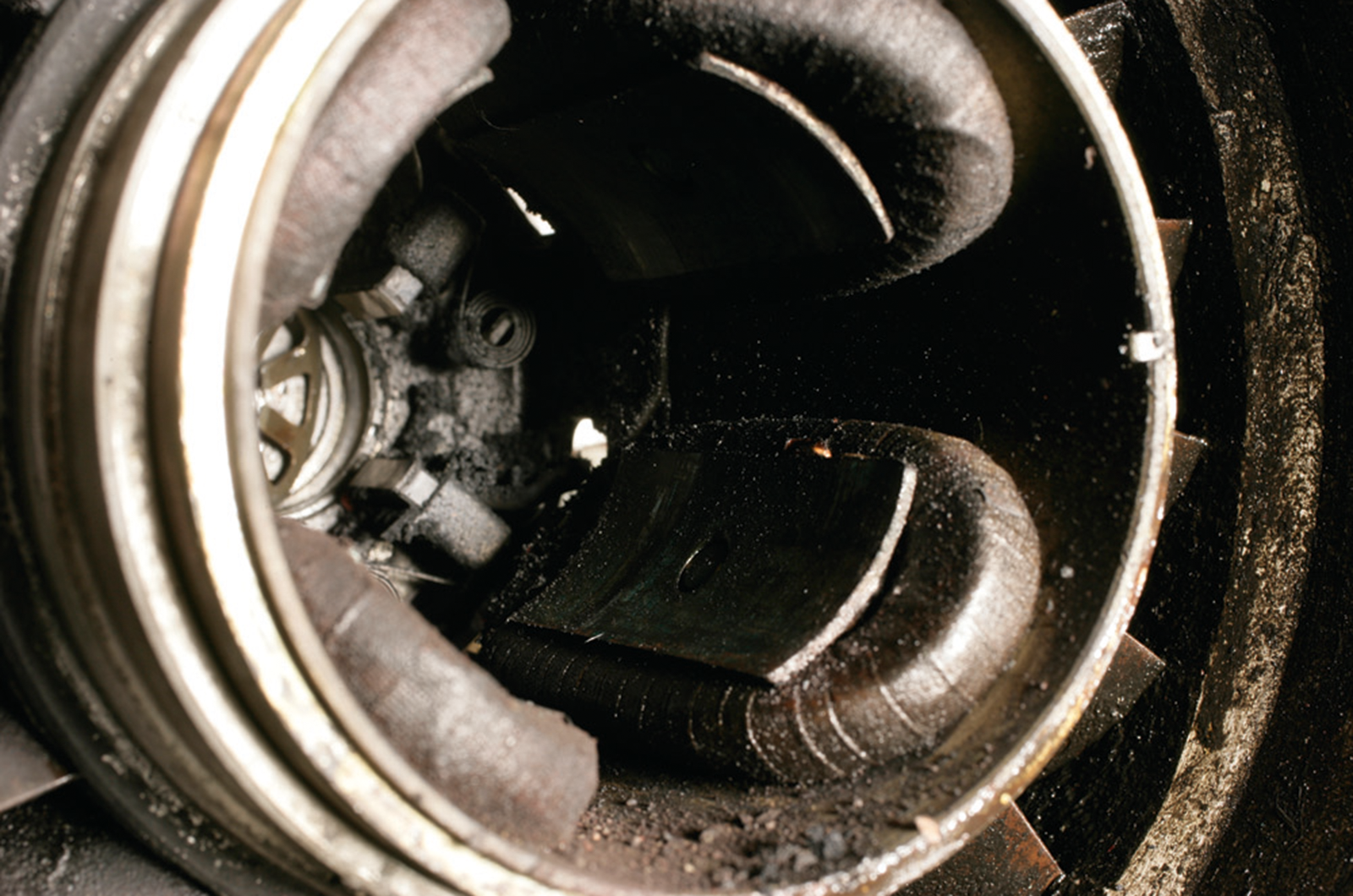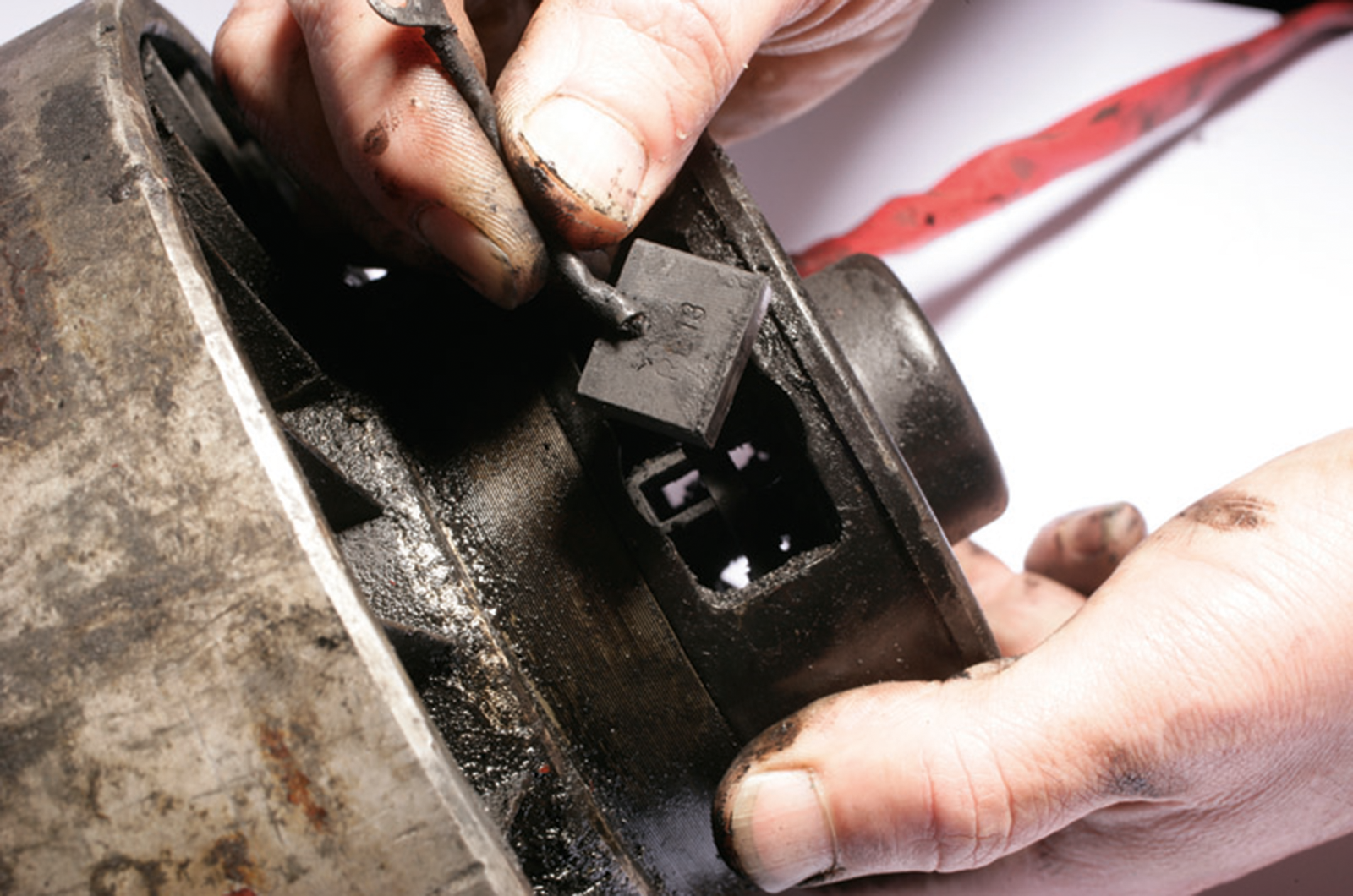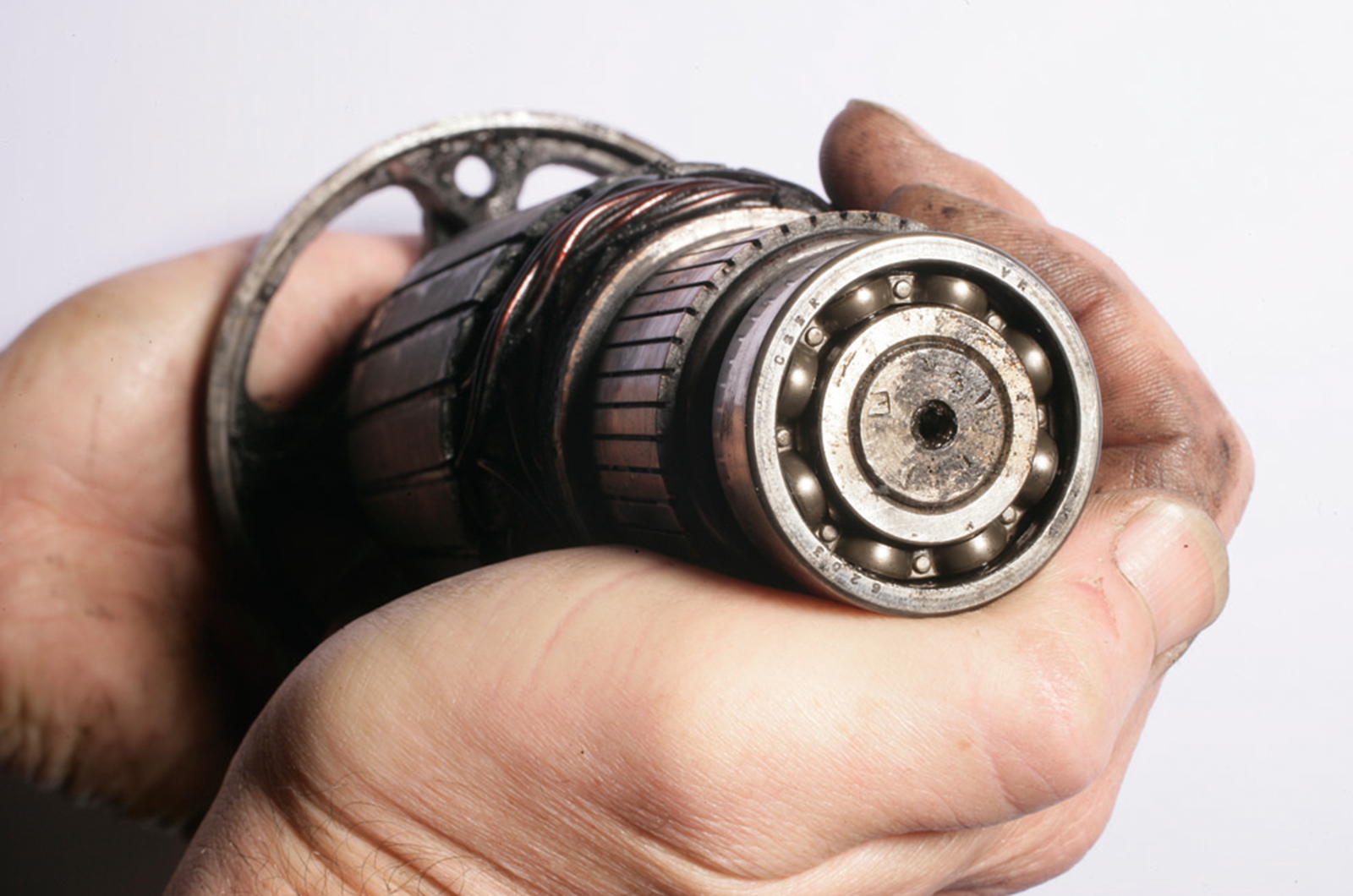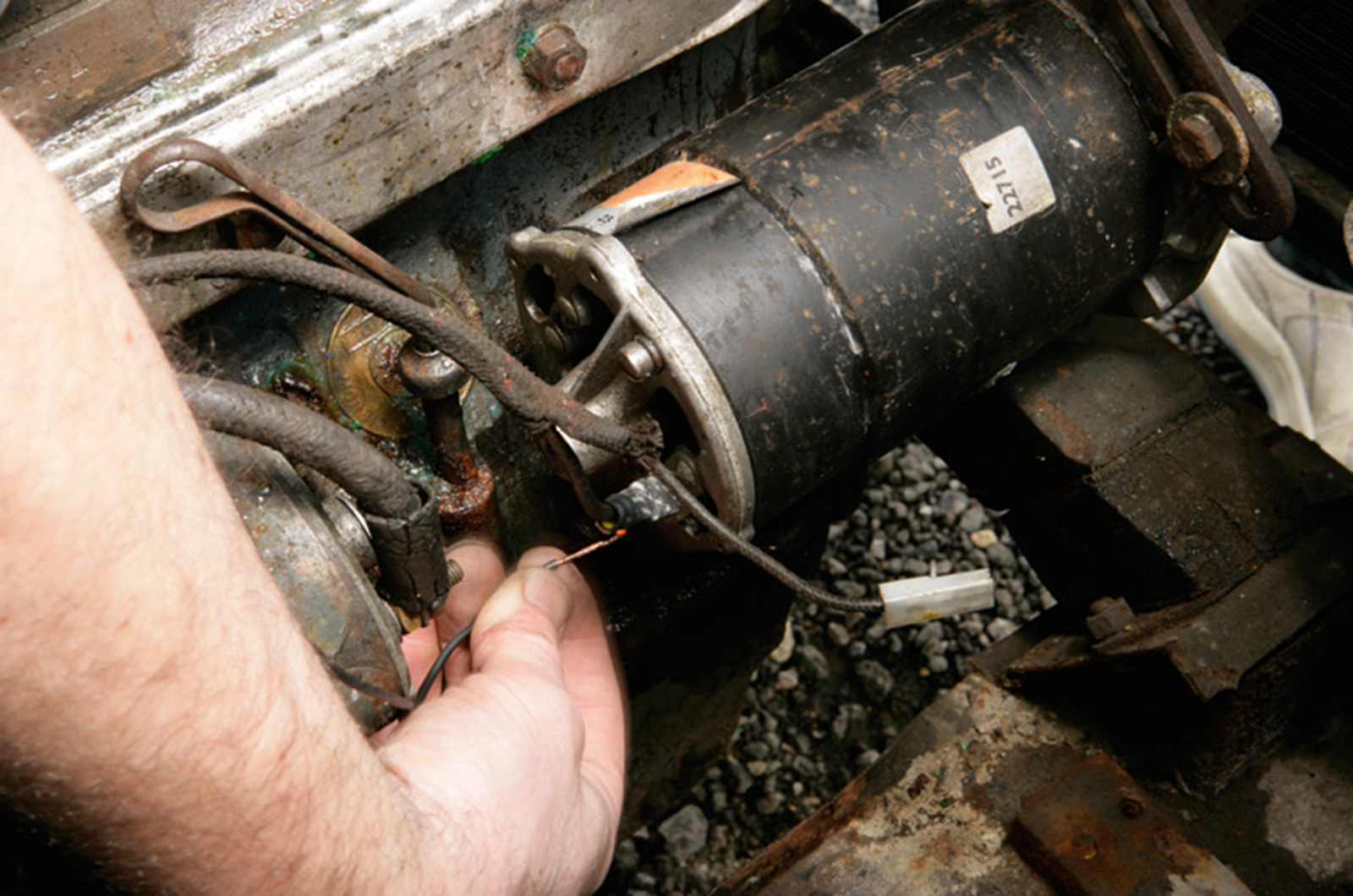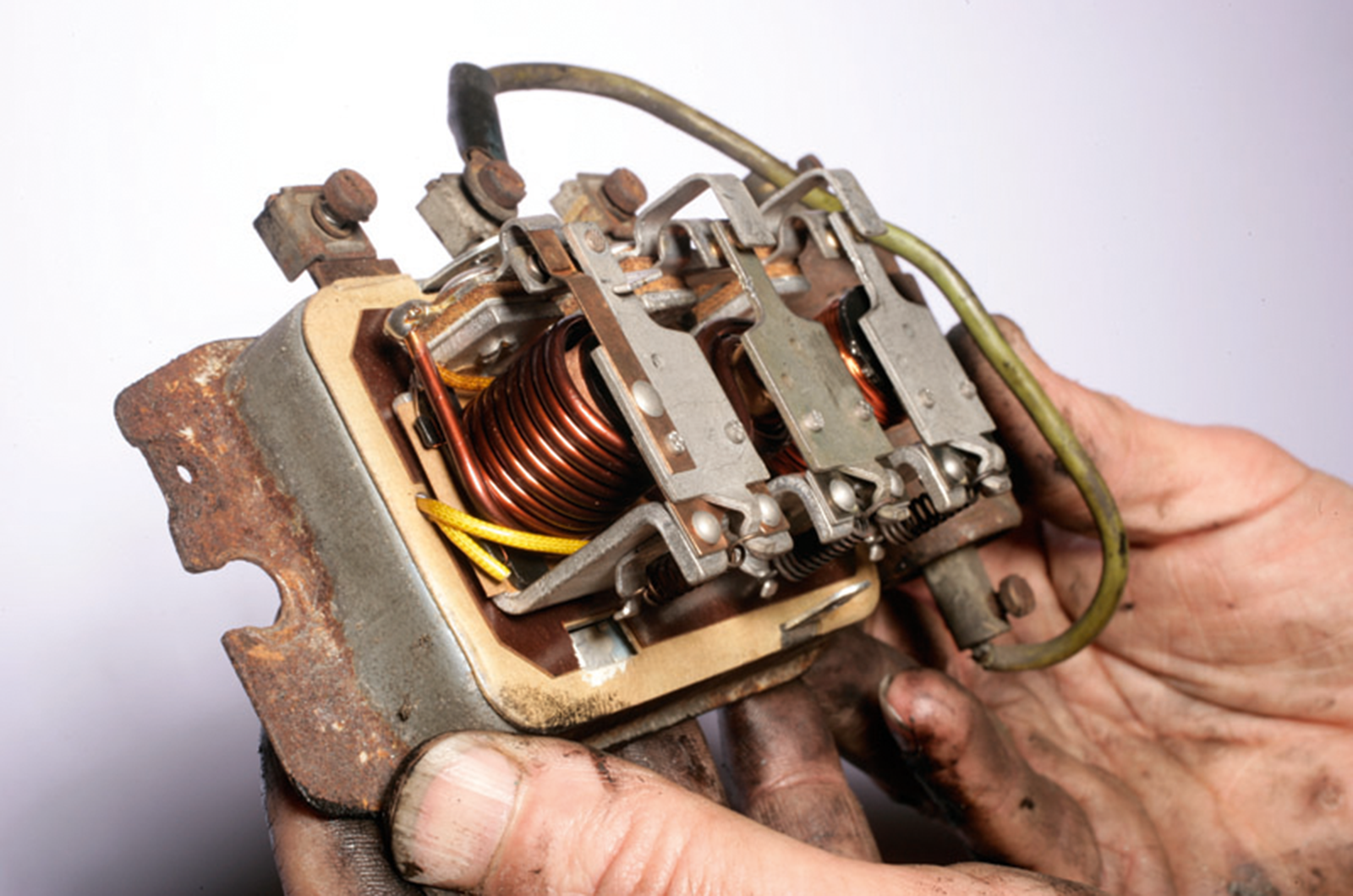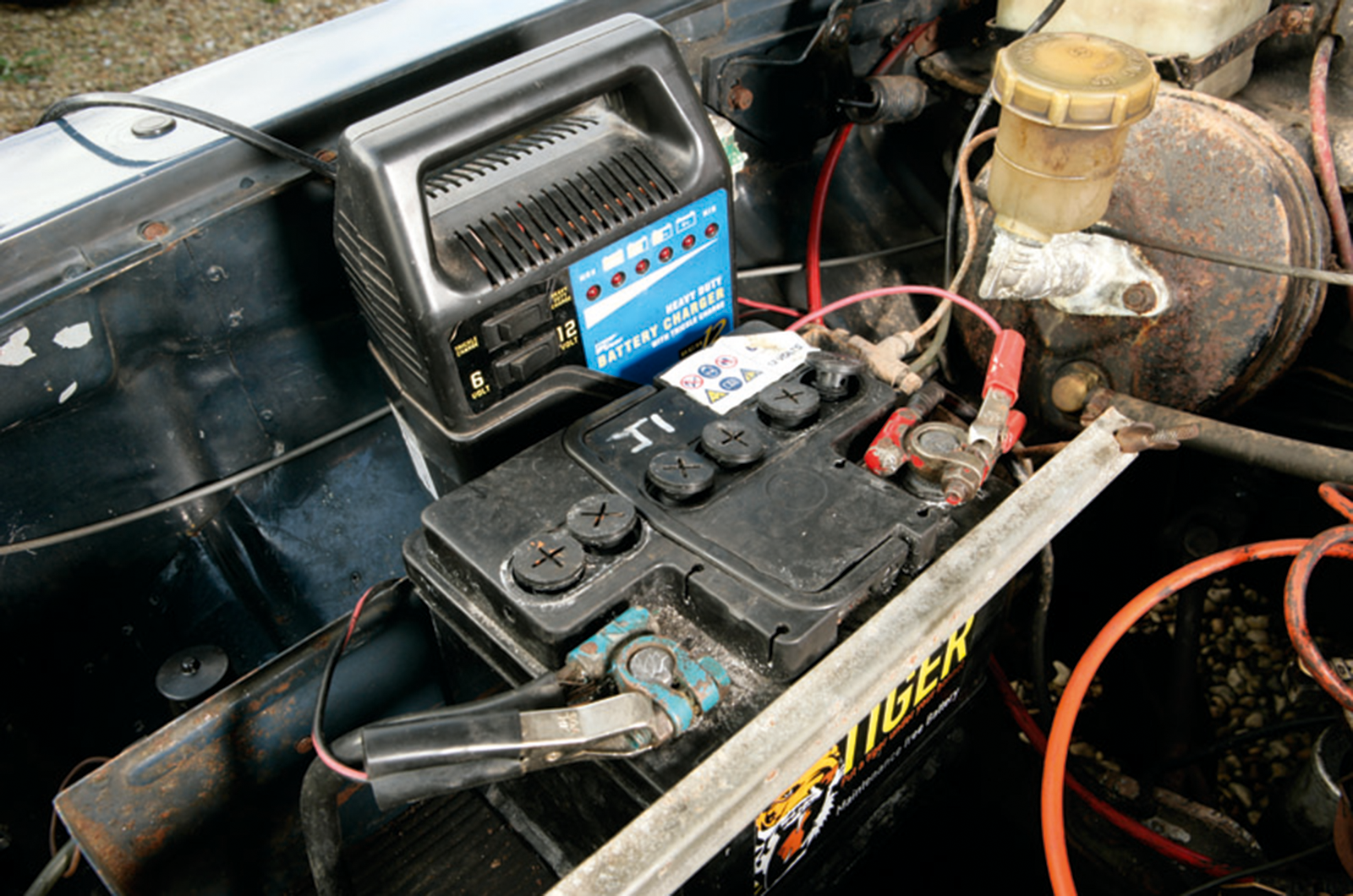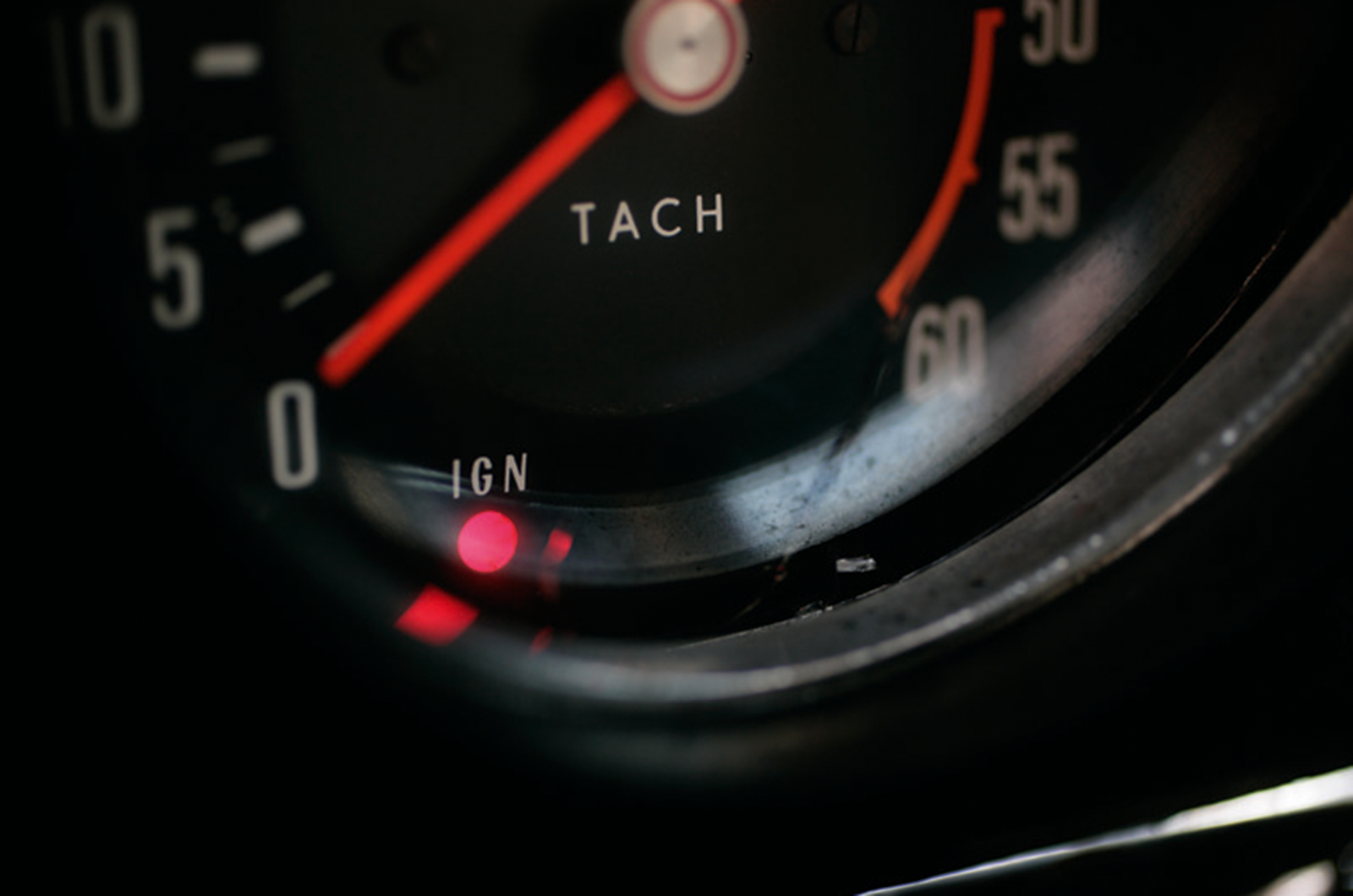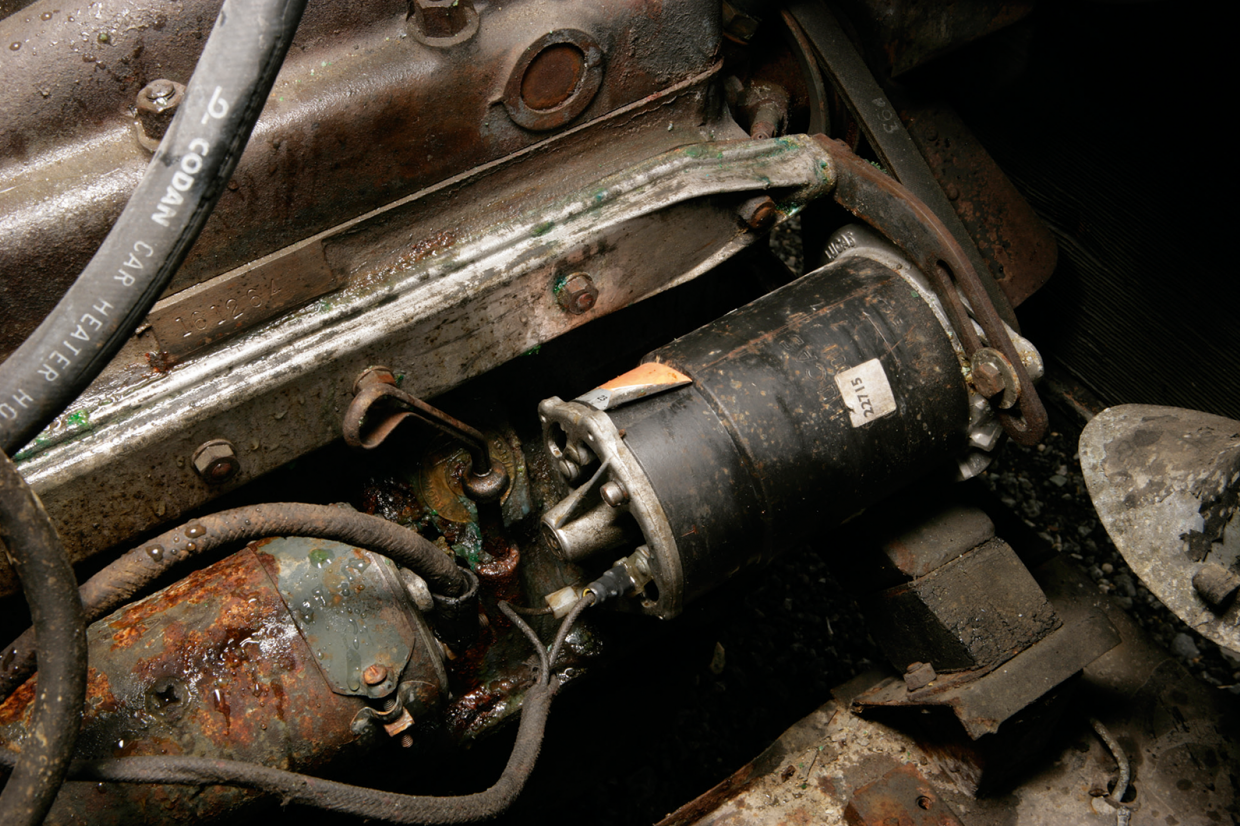
When coils of wire are rotated inside a magnetic field, a current is produced – which is the principle used by a dynamo.
The field is provided by magnetic ‘pole shoes’, enhanced by ‘field windings’. These are referred to as the field coil, which is static.
The second working part is the armature, supported in bearings and rotated when the engine is run. It has multiple windings of copper wire that pierce the magnetic field many times each turn.
The wire is connected to a commutator, which transmits the electrical power using carbon brushes held in ‘shoes’ that are designed to allow the carbon blocks to slide and take up wear.
The electrical current is fed via a control box that is first a voltage regulator to avoid overcharging. Its second function is to cut out battery current back to the dynamo when the ignition is switched off.
If this doesn’t happen, and your ignition lamp stays on when the car is turned off, disconnect the battery straight away. This voltage will burn out the armature because when it is applied back to the unit it will try to make it turn (as an electric motor) and the fanbelt will prevent that, hence it will overheat and suffer damage.
1: BELT TENSION
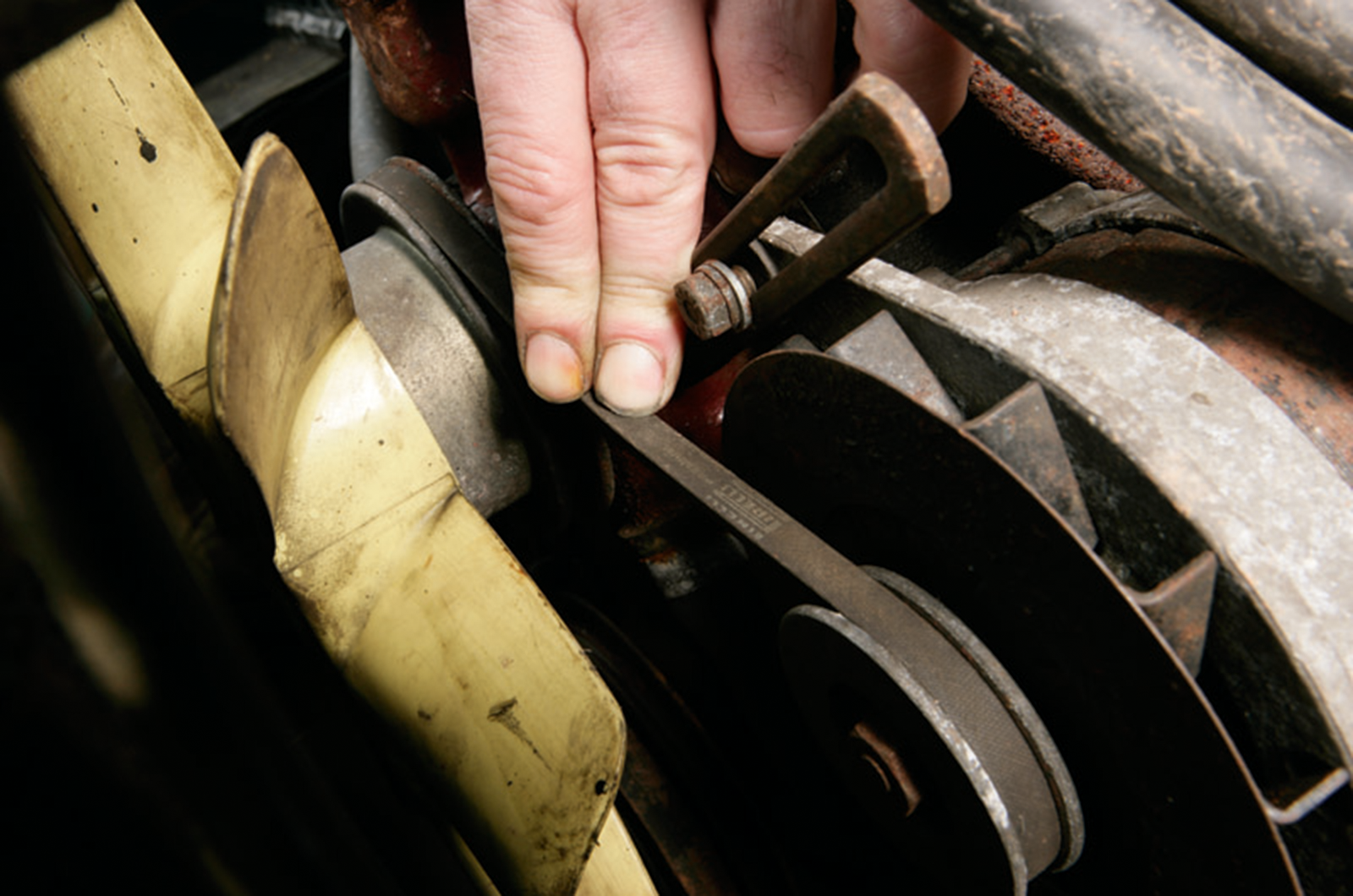
Ensure the belt is at the correct tension. Slacken the adjuster and both pivot bolts, then gently lever the dynamo out to tighten the belt.

